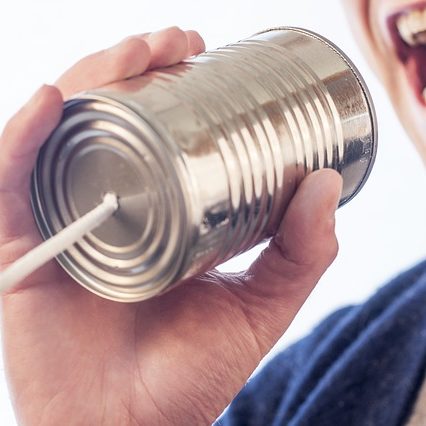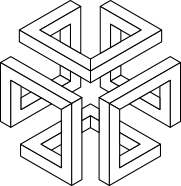WHY A GREAT CALL-TO-ACTION MATTERS FOR YOUR WEBSITE

CALL-TO-ACTION
THE PURPOSE OF A GREAT CALL TO ACTION
WHAT IS THE POINT OF A CALL TO ACTION, EXACTLY?
TYPES, PLACEMENT, AND DESIGN
One is placed along the top right-hand side of the page, and the other is towards the bottom middle. First, when someone glances across the top of the page, they notice the bold call to action in the top right-hand corner. Next, as they’re glancing down the middle, they see the same bold call to action, both of which encourage the user to try out their program.
Despite having two calls to action, they are not competing with one another, and the page is still simple, straightforward, and the information is easy to process. The page is well-designed to lead traffic down the sales funnel, to try out Hotjar’s service.
You should definitely be using design – more specifically, color – to your advantage. Different colors can be used to convey different emotions. Knowing which colors convey which emotions can be quite beneficial for lead generation.
HERE’S A QUICK OVERVIEW OF THE SCIENCE OF COLOR AND EMOTION
You can use contrasting colors, also known as complementary colors, to emphasize your call to action in a visually appealing manner. A quick look at the color wheel accompanied by a discussion with your designer is a quick and easy way to choose a color scheme for your site and call to action button. Whatever color you choose, you need to make sure it is distinct and visually appealing. Users should feel compelled to click on the call to action.
Your call to action button should be well-defined, recognizable, and compelling. People have grown accustomed to many common calls to action, so you should try to make yours stand out somehow.
Your call to action should also be easily located on a page. Make sure there is some space between your call to action and the rest of the elements on the page; using white space (negative space) is a great way to set your call to action apart from the rest of your page so that users’ eyes are naturally drawn to it
Notice the stark contrast of the call to action button and other elements on the page, in addition to the negative space surrounding the call to action button. Moreover, they have a call to action in the top right corner of the page, and another call to action in the bottom middle, just like in the previous example. Evidently, they are optimizing the placement of their calls to action based on people’s tendency to read in a T-shaped fashion.



